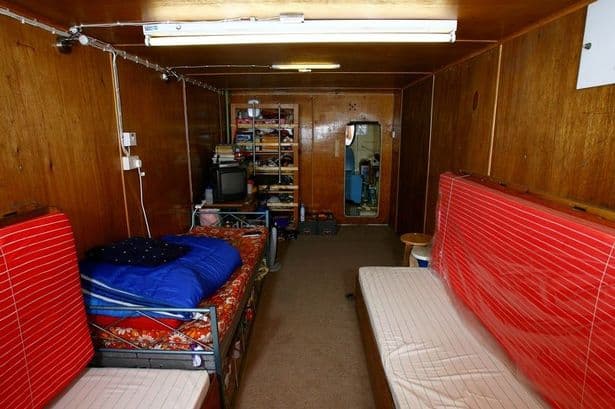
Buddemeier advises emergency managers about how to protect populations from nuclear attacks. "A little bit of information can save a lot of lives," Brooke Buddemeier, a health physicist at the Lawrence Livermore National Laboratory, told Business Insider. People can protect themselves from fallout by immediately seeking refuge in the center or basement of a brick steel or concrete building - preferably one without windows. The debris takes at least 15 minutes to reach ground level after an explosion, so a person's response during that period could be a matter of life and death.

Exposure to this fallout can result in radiation poisoning, which can damage the body's cells and prove fatal. Nuclear bombs can produce clouds of dust and sand-like radioactive particles that disperse into the atmosphere - what's referred to as nuclear fallout. "It would just be a horrific, catastrophic disaster with many, many unknown and cascading consequences."Ĭities might struggle to provide emergency services after a nuclear strike "It would not be the end of life as we know it," Redlener said of that scenario. That makes it difficult for residents to learn how to protect themselves if a bomb were to hit one of those cities. These cities are not only some of the largest and densest in the country, but home to critical infrastructure (like energy plants, financial hubs, government facilities, and wireless transmission systems) that are vital to US security.Įach city has an emergency-management website that informs citizens about what to do in a crisis, but most of those sites (except for LA and New York) don't directly mention a nuclear attack. That includes the six urban areas that Redlener thinks are the most likely targets of a nuclear attack: New York, Chicago, Houston, Los Angeles, San Francisco, and Washington, DC. "There isn't a single jurisdiction in America that has anything approaching an adequate plan to deal with a nuclear detonation," he said.

Account icon An icon in the shape of a person's head and shoulders.


 0 kommentar(er)
0 kommentar(er)
